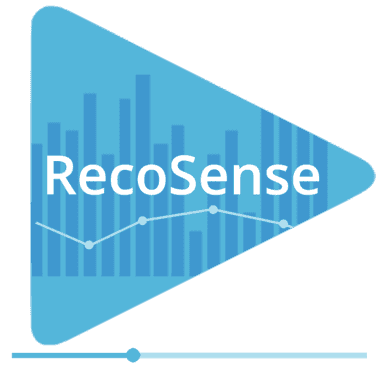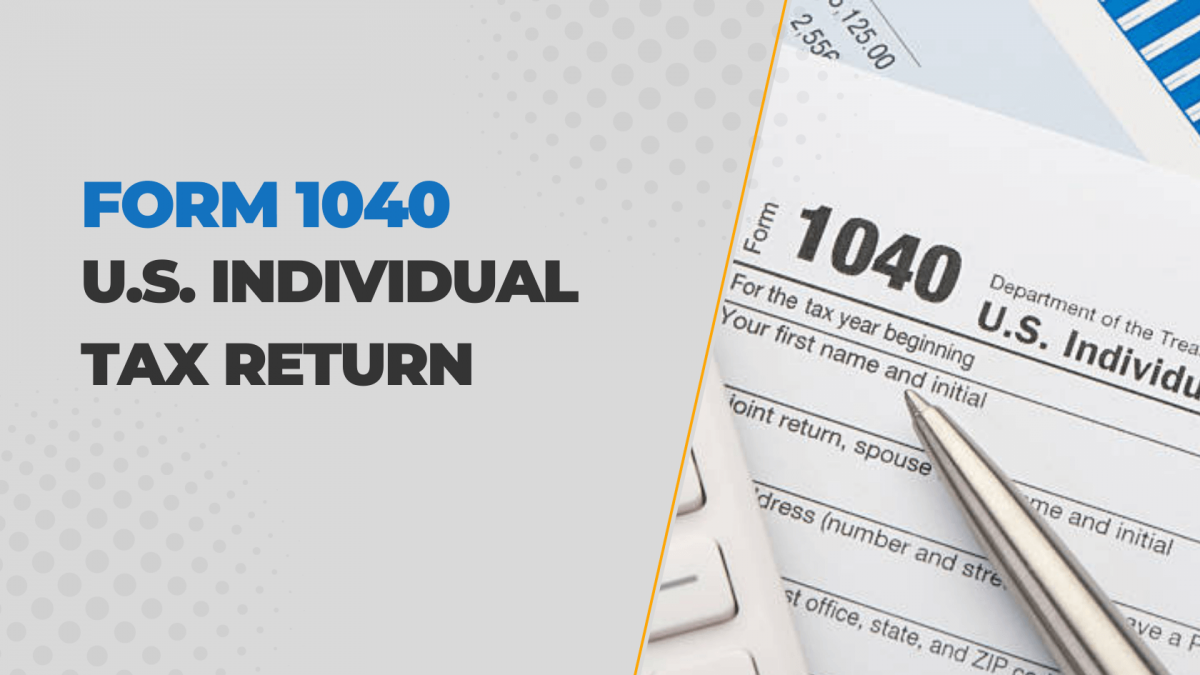Filing taxes can be a complex task, but with the right knowledge, it becomes a manageable process. In this detailed blog, we'll explore Form 1040: U.S. Individual Tax Return, covering everything from its definition to filing deadlines and shedding light on the various aspects that taxpayers need to be aware of.
What Is Form 1040: U.S. Individual Tax Return?
Form 1040 is the primary document used by individuals to report their annual income and calculate their tax liability. It's a comprehensive form that encompasses various sources of income, deductions, and credits. The form contains sections that require taxpayers to disclose their taxable income for the year to determine whether additional taxes are owed or whether the filer will receive a tax refund.
Who Can File Form 1040: U.S. Individual Tax Return?
Everyone who earns income over a certain threshold must file an income tax return with the IRS. Keep in mind that businesses have different forms to report their profits. If a United States citizen wants or needs to file a Federal income tax return, they need to file Form 1040 or a variation of Form 1040 mentioned above. There are three general conditions to consider regarding whether an individual needs to file.
- The IRS requires individuals with certain levels of gross income to file taxes. This threshold varies based on the individual's filing status and age. The table below lists the income limits for individuals under 65 years old. Keep in mind that older taxpayers tend to have higher thresholds, and the threshold changes if neither, one, or both individuals in a marriage are 65 or older.
- Children and dependents may not be required to file if they can be claimed as a dependent. In 2023, if the dependent's unearned income is greater than $1,250 ($1,300 in 2024) but under $12,500 ($13,000 in 2024), earned income is greater than $13,850 ($14,600 in 2024), or gross income meets certain thresholds, the dependent must file their Form 1040. These rules are slightly different for single dependents as opposed to dependents who are married.
- Some specific situations require an individual to file Form 1040. Regardless of their income or dependency status, some of those situations include but are not limited to:
- You owe additional special taxes such as alternative minimum tax.
- You receive HSA or other health account distributions.
- You had net earnings from self-employment of at least $400.
- You met the income threshold limits for wages earned from a church.
How to File Form 1040: U.S. Individual Tax Return
Form 1040 is available on the IRS website and has two pages that must be filled out. Form 1040 can be mailed in or e-filed. Tax filers are asked for their filing status along with their personal information, such as their name, address, Social Security number (some information on one's spouse may also be needed), and the number of dependents. The form also asks whether the taxpayer wishes to contribute $3 to presidential campaign funds.
The 1040 income section asks the filer to report wages, salary, taxable interest, capital gains, pensions, Social Security benefits, and other types of income. The new tax legislation eliminated many deductions, including unreimbursed employee expenses, tax-preparation fees, and moving for a job (except for military on active duty). The form uses what the IRS terms a building block approach and allows taxpayers to add only the schedules they need to their tax returns. Some individuals may need to file one or more of six new supplemental schedules with their 1040 in addition to long-standing schedules for items like business income or loss. This depends on whether they're claiming tax credits or owe additional taxes. Many individual taxpayers, however, only need to file a 1040 and no schedules.
Types of Form 1040
Taxpayers in certain situations may need to file a different variant of the 1040 form instead of the standard version. Below are the options.
- Form 1040-NR:
- Several nonresident aliens or their representatives need to file this form, including those who are engaged in trade or business in the United States, representatives of a deceased person who would have had to file a Form 1040-NR, and those who represent an estate or trust that had to file a 1040-NR.
- Form 1040-ES:
- This form is used to determine and pay estimated quarterly taxes. The estimated tax applies to income that isn’t subject to withholding, which includes earnings from self-employment, interest, dividends, and rents. This may also include unemployment compensation, pension income, and the taxable portion of Social Security benefits.
- Form 1040-V:
- This is a statement accompanying a taxpayer's payment for any balance on the "Amount you owe" line of the 1040 or 1040-NR.
- Form 1040-X:
- If a filer makes a mistake or forgets to include information on any 1040 form, Form 1040-X is used for making changes to previously filed 1040s.
- Form 1040-SR:
- The IRS introduced a new 1040 form for seniors in 2019, Form 1040-SR. Changes include a larger font, no shading (shaded sections can be hard to read), and a standard deduction chart that includes the extra standard deduction for seniors. Seniors who fill out their taxes online won't notice the difference, but those who do it on paper should benefit.
Standard Deductions on Form 1040
The 1040 income section asks taxpayers for their filing status. This filing determines the taxpayer's standard deduction. The table below highlights the deductions for the 2023 and 2024 tax years. Keep in mind that you file 2023 taxes in 2024 and 2024 taxes in 2025. An additional deduction may be taken by those who are age 65 or older or blind. Just like the standard deduction, these figures are adjusted annually for inflation.
- Aged or Blind: $1,500 in 2023 increased to $1,850 if the individual is also unmarried and not a surviving spouse. These amounts increase to $1,550 and $1,950, respectively, in 2024.

